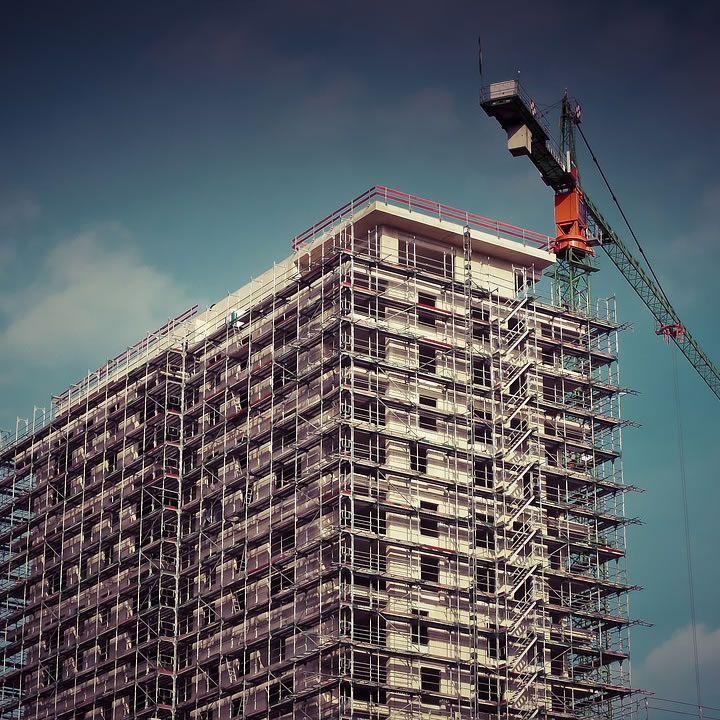Injuries from falls are quite common for people who work at heights. For these people, safety is of paramount importance. A routine task can turn into an injury or a fatal fall in an instant and so everyone who works at height should put measures in place to protect themselves. Here are some essential safety tips to reduce the risk of falls and serious injuries for those working at height.
Put Railings in Place
In places where it is possible, always have railings. Railings offer passive fall protection and are a great way to keep workers safe without incurring too much cost. Railings are also easy to use because there is no training involved and workers only need to stay within the barricaded area. There are different types of railings depending on the height and surface you are working on.
Have Proper Personal Protection Equipment
Having a personal fall arrest system in place is great but it should be used with the proper accompanying equipment. A full-body safety harness that has been proven to perform well under different circumstances should be the first piece you choose. Ensure the harness has an arc-safe design, extra D-rings, and is made out of fireproof material. For the type of material, you have nylon and Kevlar to choose from, with Kevlar offering the heat protection you need when welding at height.
Next, you need lanyards with either a deceleration device or that are retractable. The former is for heights over 6 feet where the deceleration device will have time to engage. Since all work sites are different, evaluate your workers’ needs to give them the protection they need.
Inspect the Equipment
Having the equipment that you need is great, but it is not everything. You also need to ensure that the equipment works as expected under the conditions it will be used. Having the right equipment doesn’t matter if it is going to fail when a worker needs it most. Lanyards and safety harnesses have to be inspected regularly by a competent person. Personal protective equipment should also be inspected by both an inspector and the person who will use it. Everyone who inspects this equipment should know what to look for, acceptable tolerances, as well as what to do should they encounter any issues.
Select an Acceptable Anchor Point
There is no point in having the right equipment if the anchor point will not be able to hold the load it should carry. An anchor point should be selected and put in place by an engineer who understands the weight restrictions. The anchor point should also handle around 5000 pounds of weight to be acceptable. This means that a piece of steel on the roof or a PVC pipe should never be used as an anchor point.
While working at height can be dangerous, it does not have to be. There are a lot of things that workers can do to ensure their safety and the safety of those around them. The need for safety is cemented by the fact that falls from a height of over 6 feet can be fatal.

